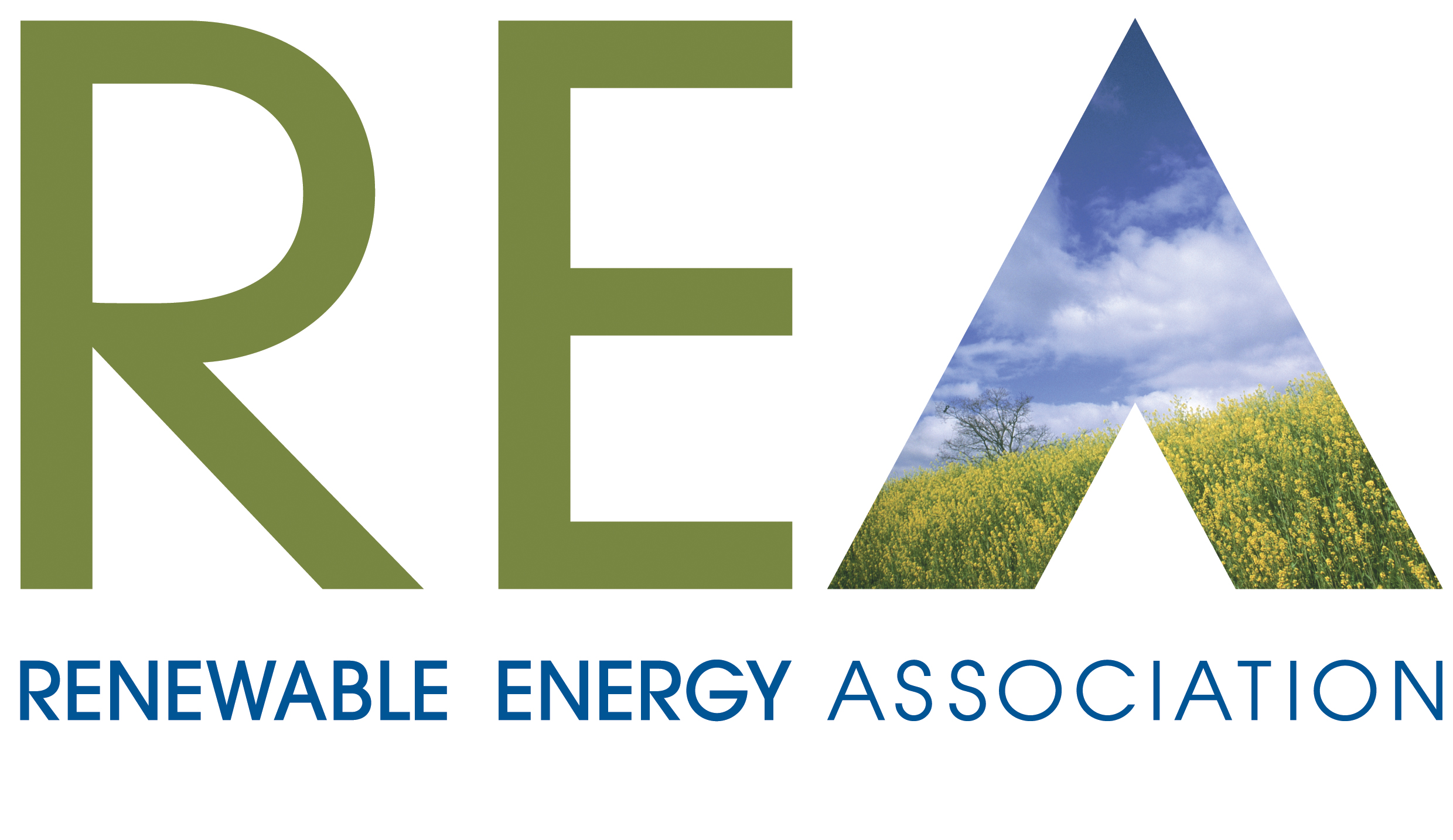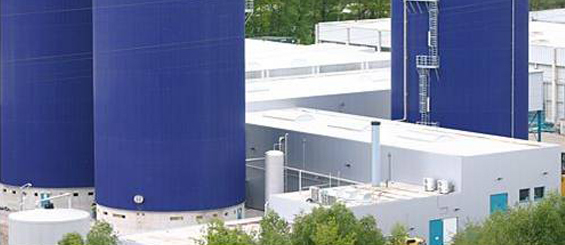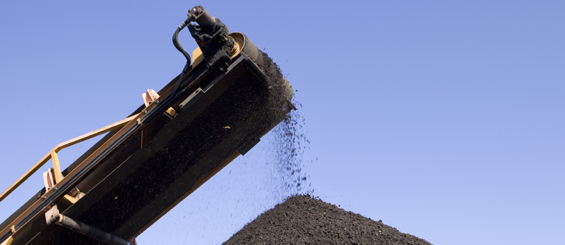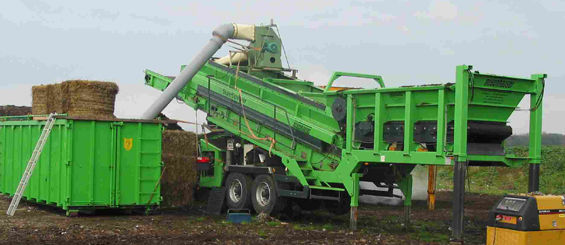Adverts
Further proposal on the physical contaminant limit levels in the new PAS 110
This communication was sent out on 24/04/2014 to members of the REA Biogas, ORG and Biomass Groups regarding a proposal on the physical contaminant limit levels in the new PAS 110.
'Limit levels for physical contaminants set out in the draft PAS 110
Since our last communication to members regarding the PAS 110 review, a serious issue regarding physical contaminants in digestates has cropped up which is causing some delay in the publication of the revised standard. Please accept my apologies for the lengthy email, but it has proven challenging to make it any more concise while giving you a full, accurate picture of the relevant issues.
Since our last communication to members regarding the PAS 110 review, a serious issue regarding physical contaminants in digestates has cropped up which is causing some delay in the publication of the revised standard. Please accept my apologies for the lengthy email, but it has proven challenging to make it any more concise while giving you a full, accurate picture of the relevant issues.
As you may know, the draft PAS 110 which went out for public consultation last December included a number of options for deriving limit levels for physical contaminants. In light of the feedback we received from members during the public consultation, a new approach to derive limit levels and a new set of limits were proposed by REA and other trade bodies. Members were consulted on the new limit levels and, although we had little feedback, there was no objection from REAâÂÂs members to the new limit levels. These limits were put forward to the BSI PAS 110 Steering Group and are set out in the revised PAS 110 that is due to be published shortly.
These limit levels:
⢠are pegged to digestate total Nitrogen concentrations;
⢠equally apply to liquid (whole digestates and separate liquor fractions) and solid fractions; and
⢠put a ceiling on the amount of physical contaminants of 25 Kg/ha, based on what is allowed for PAS 100 compliant composts. At the time, REA and other trade bodies thought this was a reasonable loading rate and consensus on these levels was achieved amongst the members of the PAS 110 Steering Group (SG) at their last meeting in February.
Proposed limit levels considered unacceptable
Since the meeting of the PAS 110 Steering Group in February 2014, concerns over the proposed physical contaminants limit levels being too lax were voiced by industry members of the Steering Group. Since representatives of farm assurance schemes and digestate end users are also part of the Steering Group, these stakeholders are now fully aware of the concerns raised about the suitability of the physical contaminant limit levels, even if they were not previously.
In addition, on 9th April we received representations from an REA member and operator expressing grave concerns over the proposed new limits for physical contaminants. Their opinion, supported by photographic evidence, is that this level of contamination (25 kg of physical contaminants per hectare) would not be acceptable to farmers or farm assurance schemes. In addition, concerns regarding physical contamination in digestates have risen considerably in recent months, particularly amongst certain stakeholders representing digestate end users. This is the result of a serious incident of digestate contamination following the application of a digestate heavily contaminated with fragments of plastic film. Even though the digestate in question did not come from a plant certified to the standard, such stakeholders have made it clear that any repeat event could result in them contacting their members to advise them not to use digestate. Taking all these factors together, we consider these risks to be so severe that we contacted members of the steering group on 11 April to call for a delay in publication of the revised standard while further action is considered.
New proposal to the PAS 110 Steering Group
The British Standard Institution has recently confirmed that the PAS110 steering group (SG) are at liberty to propose and agree a revised physical contaminant limit level without further public consultation. This would enable the new BSI PAS 110 to be published with a more appropriate limit level for physical contaminants, with minimal delay and at no additional cost for the industry.
In view of this recent position we have drafted a new proposal to the PAS 110 Steering Group for a more stringent limit level for physical contaminants. The data to derive the new level is the same as the one proposed before, but the new ceiling on the amount of physical contaminants allowed per ha would be 9 Kg (as opposed to the currently proposed max loading rate of 25 Kg/ha). This limit is based on what has shown to be achievable from analysis of digestates currently on the BCS. i.e. 95% of the digestates on the BCS would not exceed this limit level[1].
As a matter of some urgency, I am therefore writing to seek your feedback about the new proposed maximum loading rate. Please let me know ASAP and by the end of 1 May at the latest if you have any objections to the new proposed loading rate and the reason for your objection. Discussion with a number of members of the steering group as well as more widely in the industry suggests that the following proposal has a good prospect of achieving consensus. Given this and that all parties involved are keen for this to be resolved urgently, we have circulated this proposal to members of the steering group. We have made it clear, however, that this is without prejudice to any feedback we may receive from our members.
To make it easier to evaluate the impact of the revised level, please find attached a spreadsheet containing a formula which you can use to convert your digestate typical percentage of physical contaminants on a dry weight basis into the digestate physical contaminants loading rate (in kilograms of physical contaminants per hectare).
Should you need any clarification, please donâÂÂt hesitate to contact me. I have further details in written form but did not want to include these in a general email as not everyone will need this level of detail.
Kind regards,
Kiara'
Last update: 24/04/2014
visitor comments
Members' Area
Become a Member!
Join the Organics Recycling Group at the Renewable Energy Association by clicking below.





.jpg)


